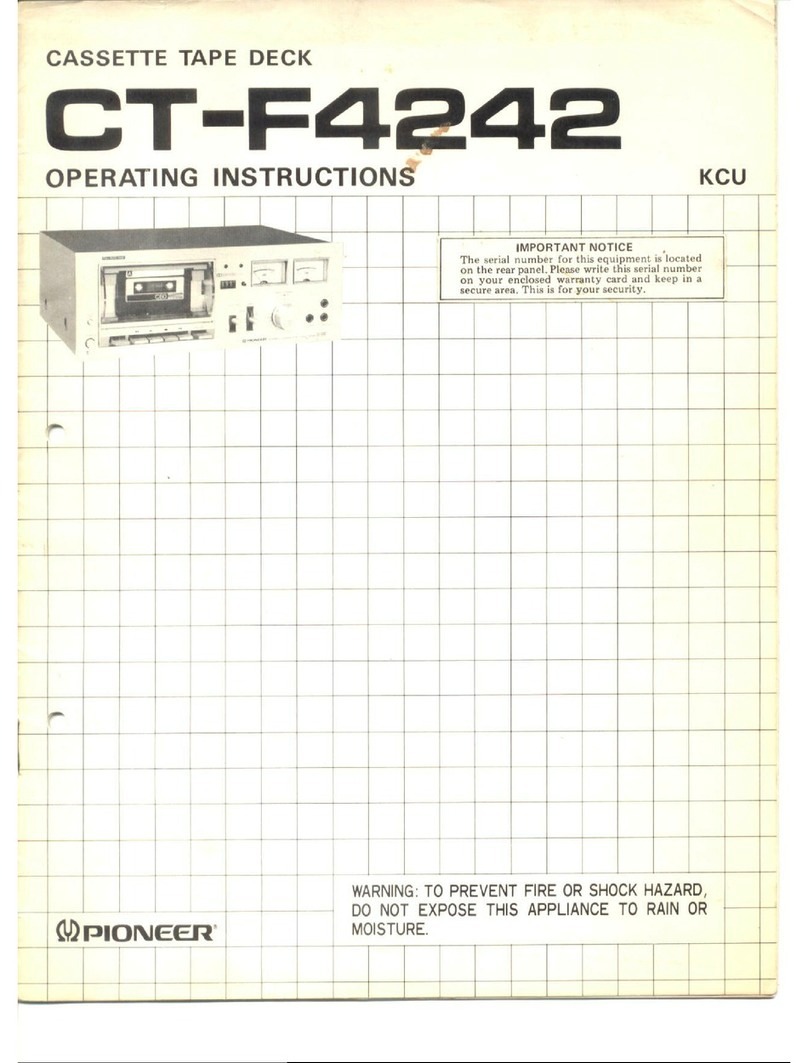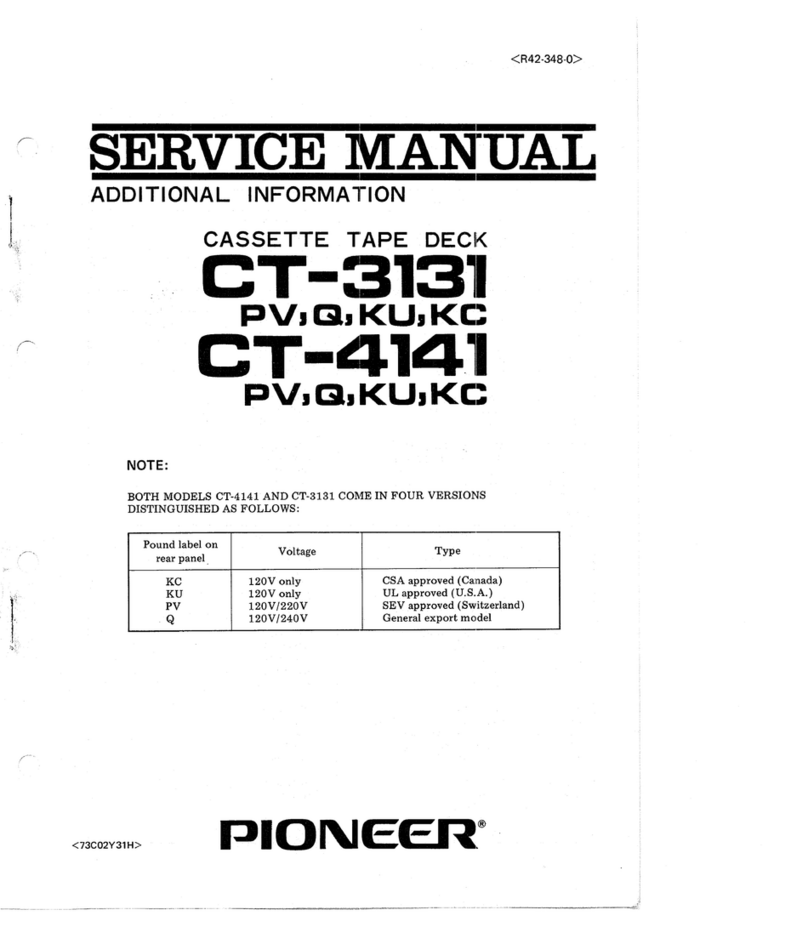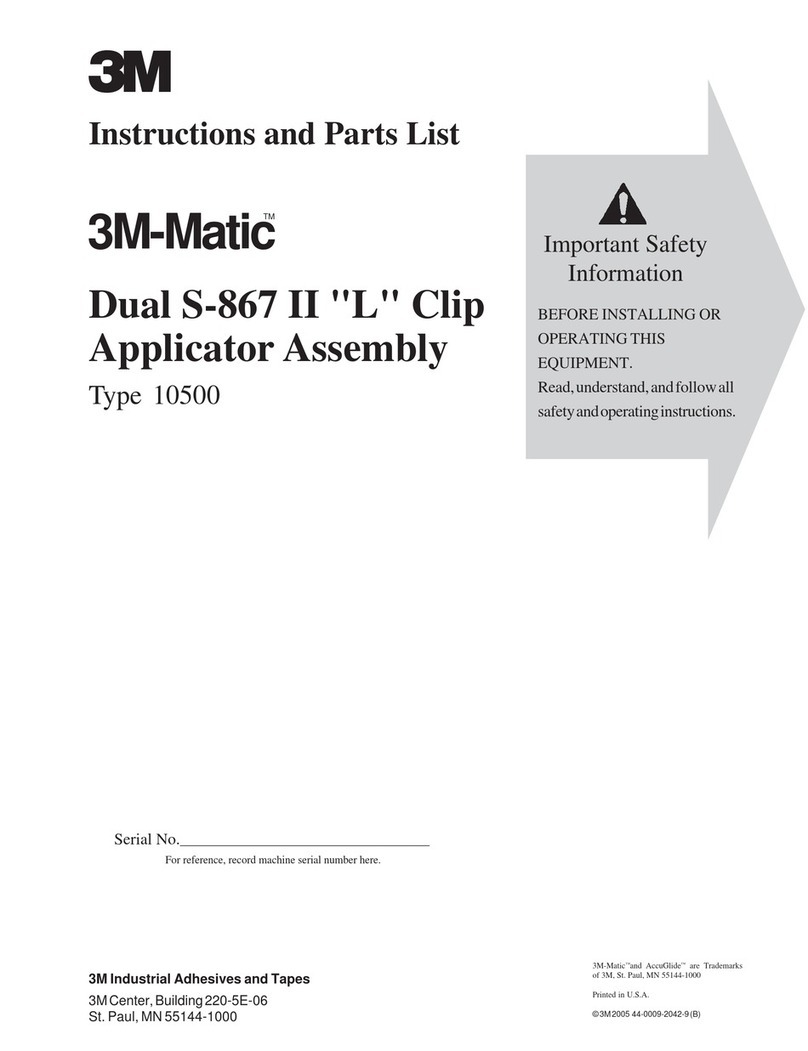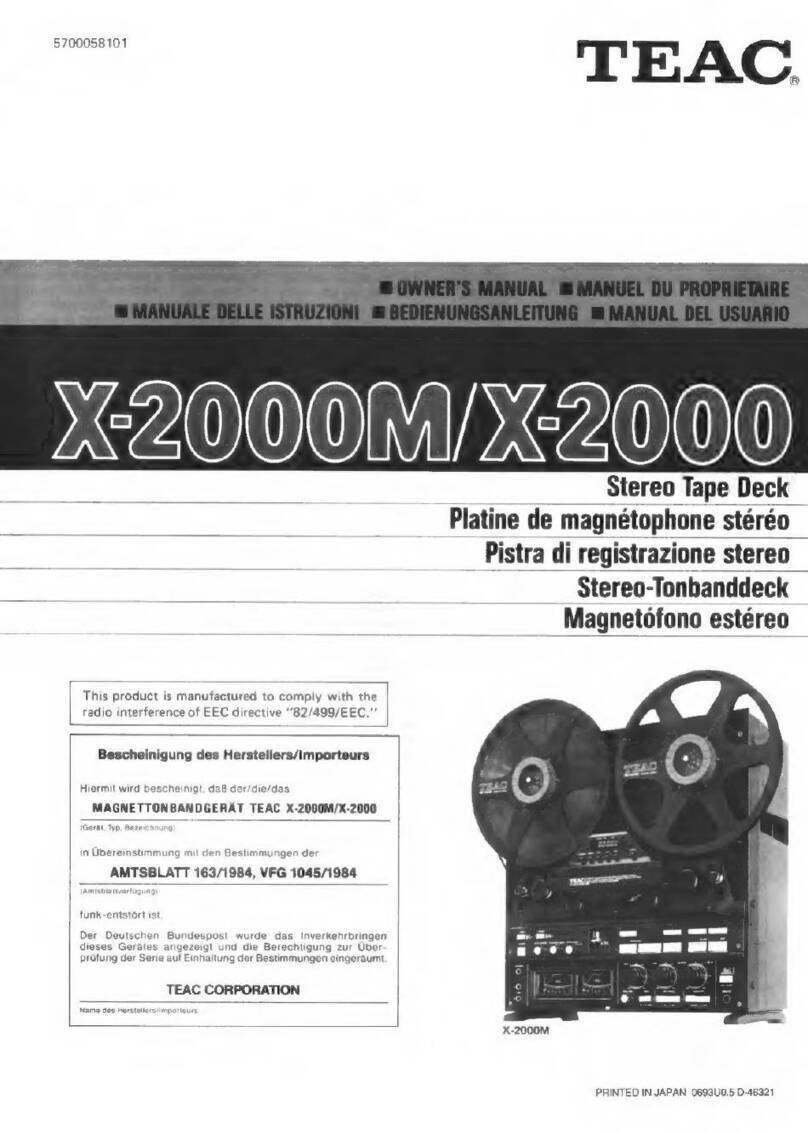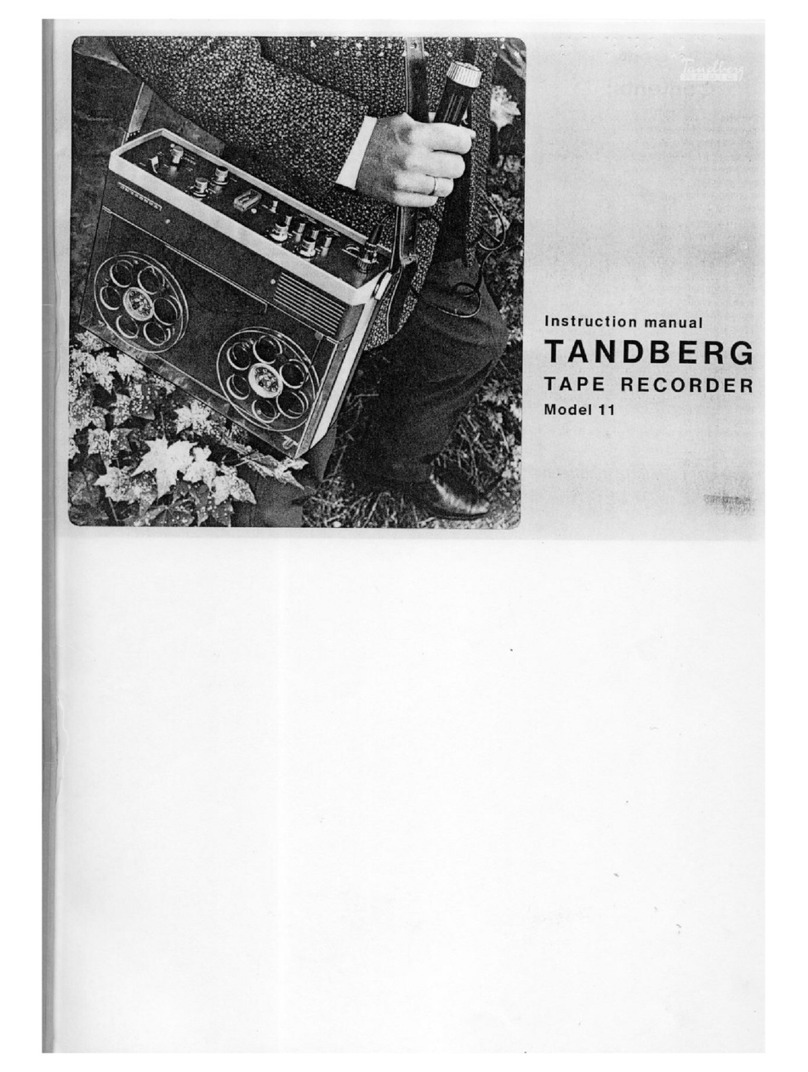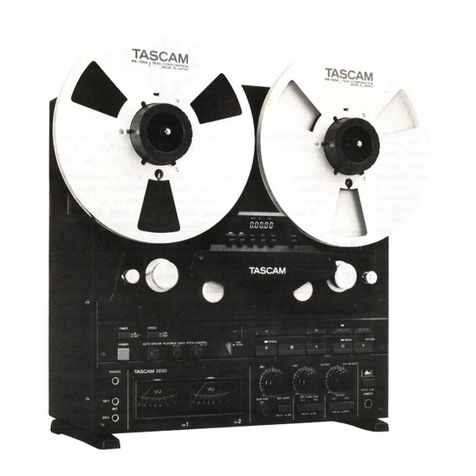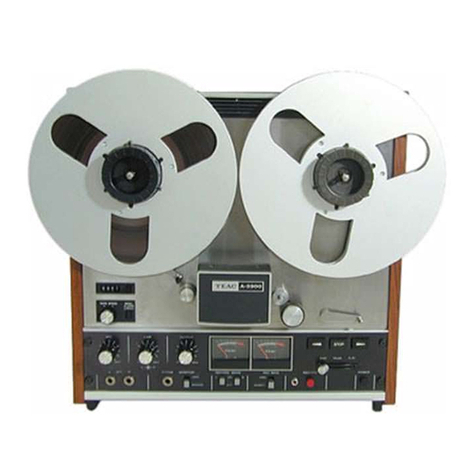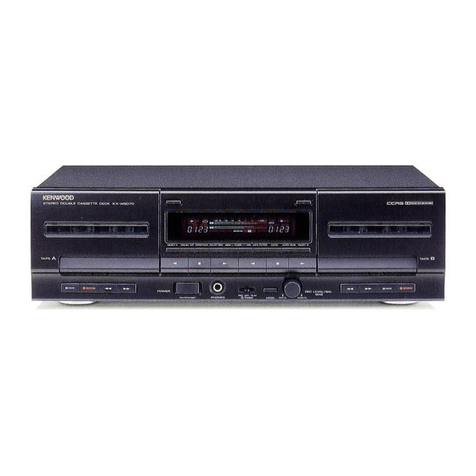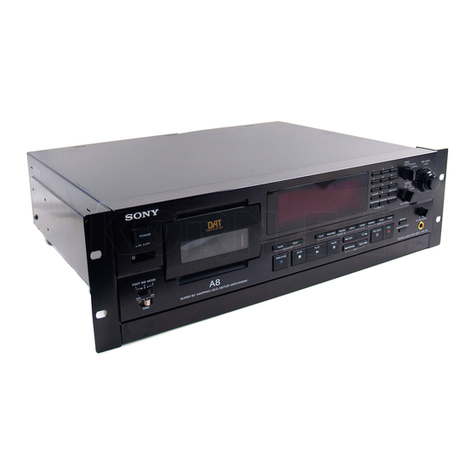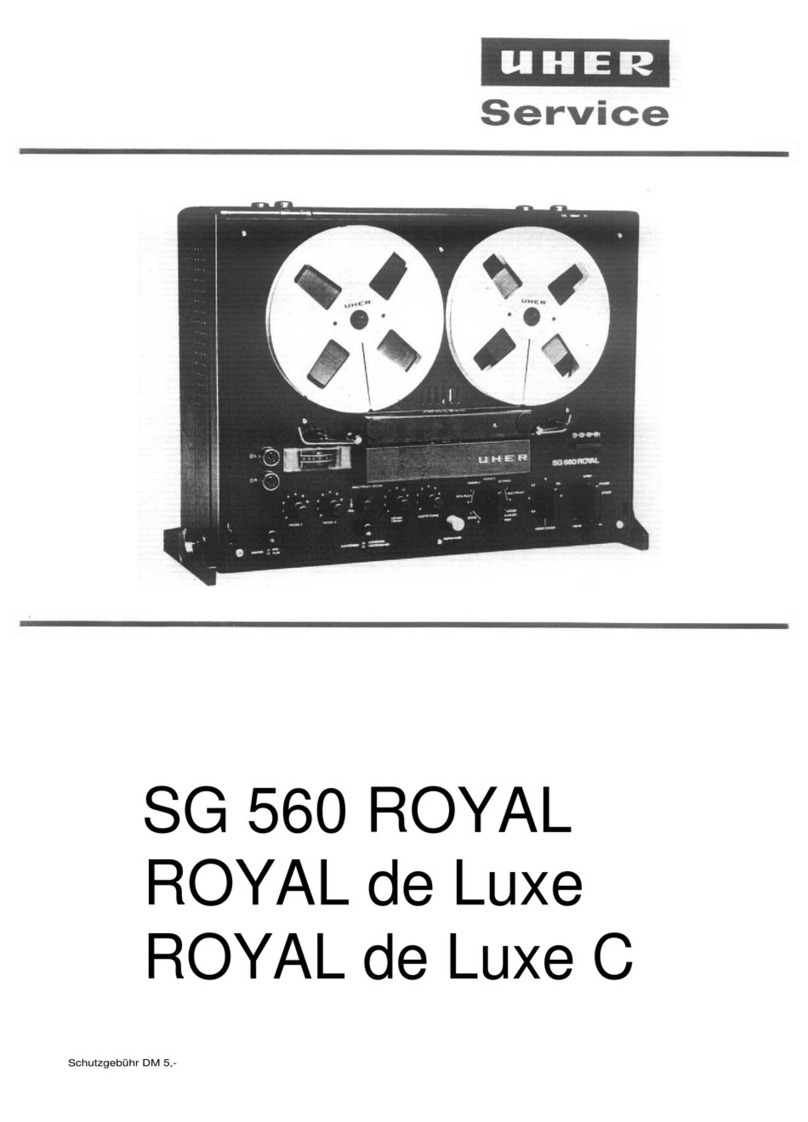Pioneer CT-A9X User manual
Other Pioneer Tape Deck manuals

Pioneer
Pioneer CT-055W User manual
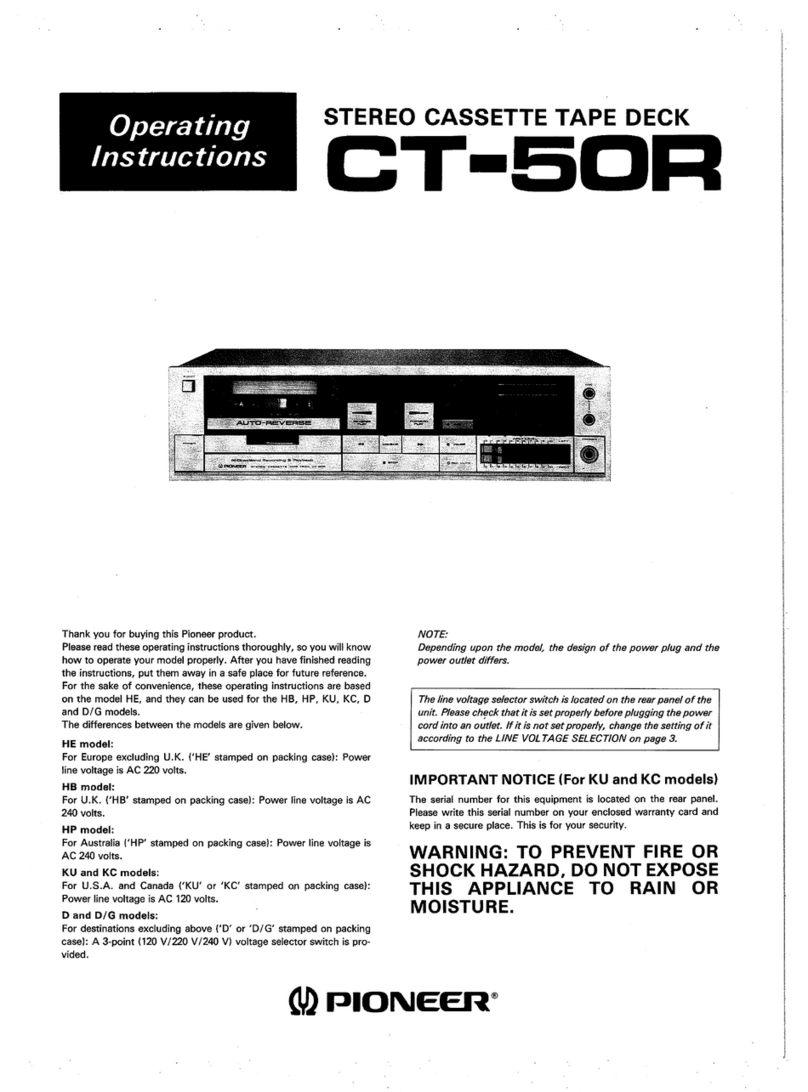
Pioneer
Pioneer CT-50R User manual

Pioneer
Pioneer CT-F850 User manual
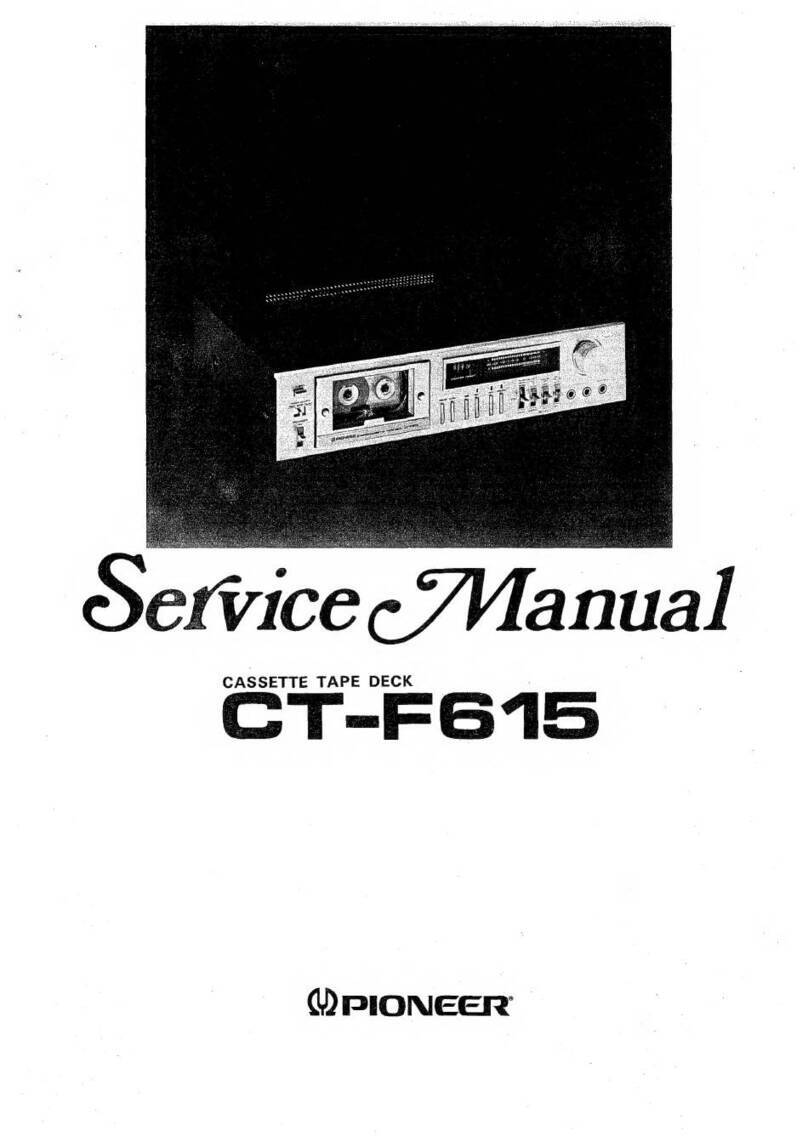
Pioneer
Pioneer CT-F615 User manual

Pioneer
Pioneer T-6600/F User manual

Pioneer
Pioneer WTM-A4 User manual

Pioneer
Pioneer CT-4 User manual

Pioneer
Pioneer CT-F700 User manual

Pioneer
Pioneer CT-200 User manual

Pioneer
Pioneer CT-5151 User manual

Pioneer
Pioneer CT-F9191 User manual
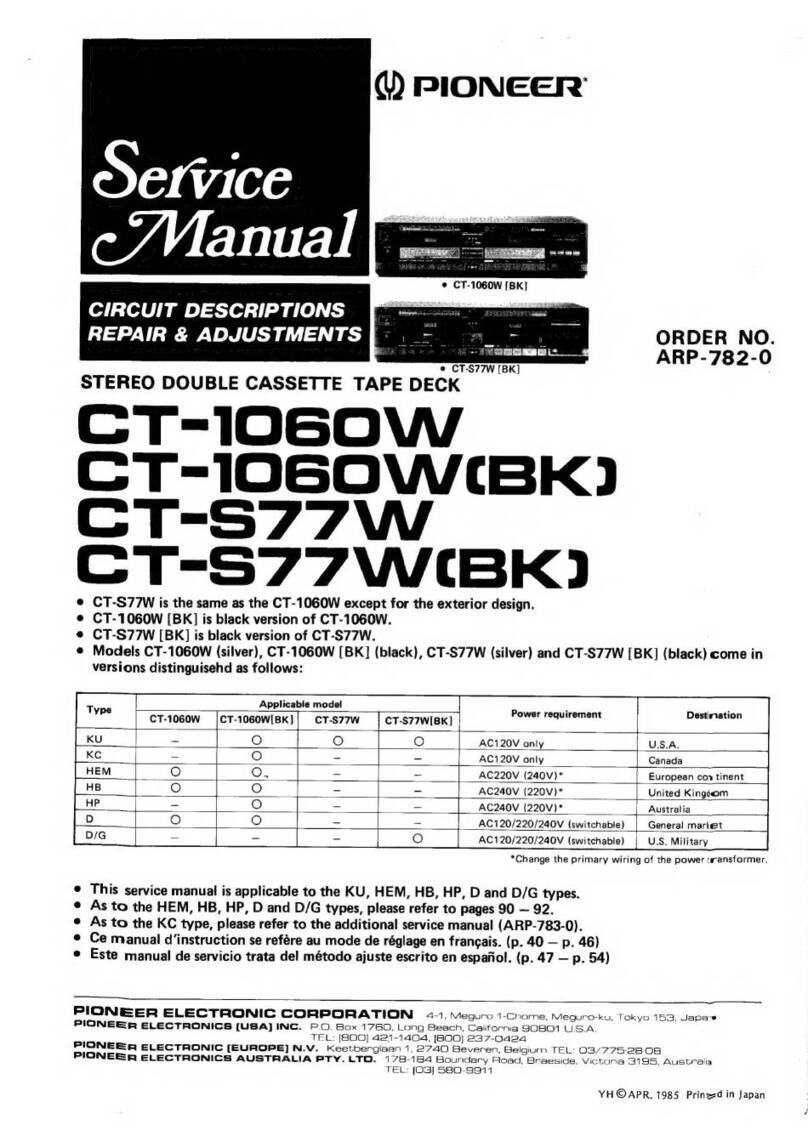
Pioneer
Pioneer CT-1060W User manual

Pioneer
Pioneer CT-A9 User manual

Pioneer
Pioneer CT-770 User manual

Pioneer
Pioneer CT-F1000 User manual

Pioneer
Pioneer CT-970 User manual

Pioneer
Pioneer H-R99 KCU User manual
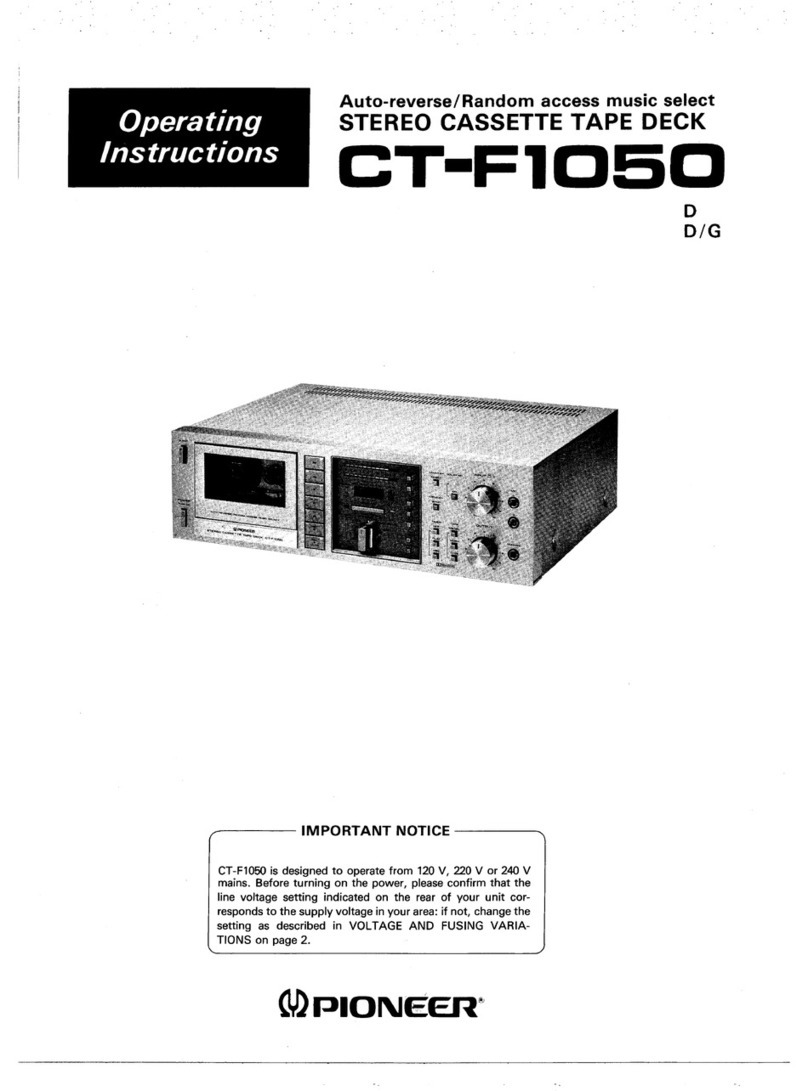
Pioneer
Pioneer CT-F1050 User manual

Pioneer
Pioneer CT-F9191 User manual
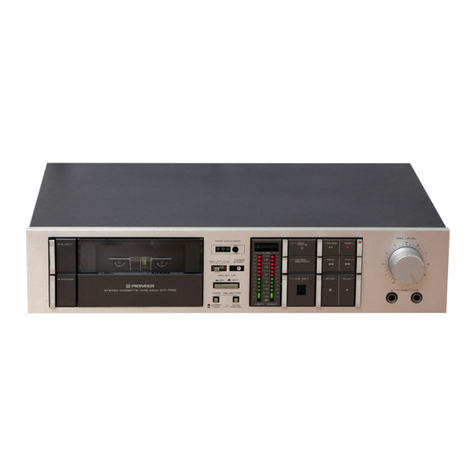
Pioneer
Pioneer CT-740 User manual
